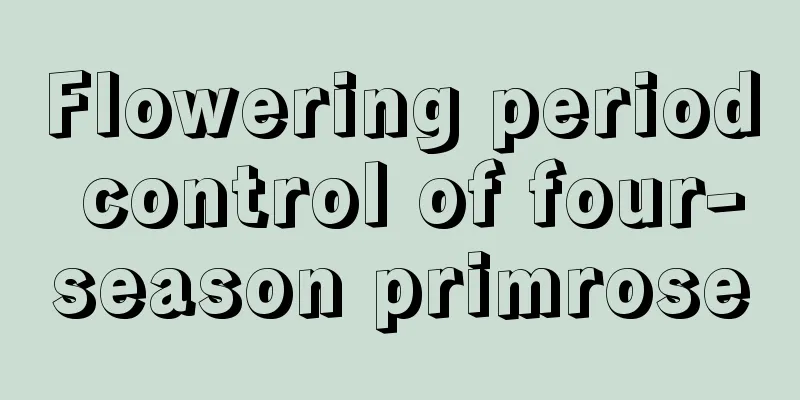Common diseases of spring orchid and their control methods

Spring blue fungus diseaseFungal disease, also known as white rot, often occurs in the moldy and rainy season. In the early stage, many white hyphae will appear on the surface of the potting soil, which will hinder the absorption of nutrients by the roots and cause rhizome rot. Prevention and control methods: Remove the infected soil, replace it with new soil, and disinfect the soil. Or spray the pesticide with 500 times diluted pentachloronitrobenzene powder. Spring orchid black spotBlack spot disease (anthracnose) is the most common disease of orchids, especially in spring and summer when there is a lot of rain, high humidity and high temperature, and the disease is severe. Black spot disease mainly harms the leaves of spring orchids. Irregularly shaped spots will appear on the leaf surface, ranging from yellow to black. In severe cases, the entire leaf will rot. It mostly harms new buds, and in severe cases the whole plant will die. Prevention and control methods: Ventilation should be strengthened, moisture should be controlled, and diseased plants should be removed immediately if found. Alternatively, you can use 600 times diluted 65% Mancozeb powder, 800-1000 times diluted 50% Carbendazim, or 800 times diluted Methyl-thiophanate-methyl for spraying, once every 10-15 days, for 2-3 times in a row. Puccinia cymbidiumThis is a bacterial disease that mainly harms leaves. Small raised bags containing yellow, orange, rust or even purple-black powdery spores will appear on the upper and lower surfaces of the leaves. It is also known as rust disease. In fact, rust is not fatal and the leaves will not die, but the growth will be weak, affecting the beauty of the spring orchid. Prevention and control methods: In addition to cutting off the diseased leaves, you can spray with 500-600 times diluted 65% Zineb powder or copper-containing fungicide. |
<<: What to do if round spots appear on the leaves of Chunlan
>>: What to do if the leaves of dahlia are uneven
Recommend
The difference between Yinxing and Jurihe
The difference between Yinxing and Ju Rihe: Thorn...
Cultivation methods and precautions of cherry crystal
Breeding method: Water: It is relatively drought-...
The efficacy and function of Radix Glehniae
1. Cough relief Radix Glehniae has the effect of ...
How to plant and care for lilies? When and how to plant lily bulbs
Lily planting is usually carried out in spring an...
Common diseases and pests of Podocarpus and their control methods
Leaf spot Symptoms: There are oval and long light...
Cultivation methods and precautions of Guanyin Lotus
The Alocasia odora is a succulent plant of the ge...
Highland barley cultivation technology and field management conditions (scientific highland barley cultivation technology process)
Highland barley is mainly produced in the northwe...
When is the best time to plant baby's breath seeds
Gypsophila seeds planting time Gypsophila is a pe...
How to grow Begonia truncatum
1. Breeding environment 1. Watering: The iron hib...
Does growing flowers also require “the right time, the right place, and the right people”?
Lighting issues When growing flowers, you must &q...
The difference between stone lotus and snow lotus
1. Leaf Difference The basal leaves of Echeveria ...
What are the methods of cooking aloe vera? Is all aloe vera edible?
1. What are the methods? 1. Eat raw: This method ...
How to water daffodils in winter
Watering daffodils in winter Daffodils need to be...
Flower language of green bead grass
Green pearl grass flower language - camouflage Th...
How to change the pot of Jing Ye
Quiet night potting preparation Generally speakin...









